

|
| Om det här är ditt första besök, se till att gå till vår FAQ (finns även länk till FAQ i navigeringsmenyn ovan). Du kan behöva att registrera dig innan du kan posta (finns även en länk till registrering i navigeringsmenyn ovan). För att titta på inlägg, välj det forum som du vill besöka från de som är listade nedan. |
|
|||||||
 |
|
|
Ämnesverktyg | Visningsalternativ |
|
|
#1 |
|
Medlem
Reg.datum: Apr 2014
Ort: Lincolnshire, England
Inlägg: 33
|
I'm not sure what a SJ B Class is doing in France but its a very nice model!
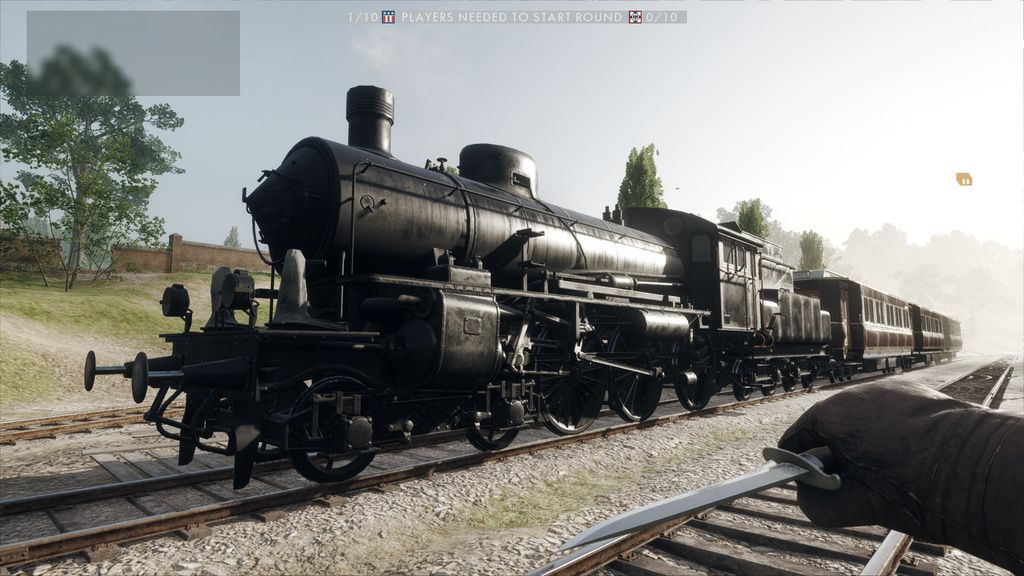 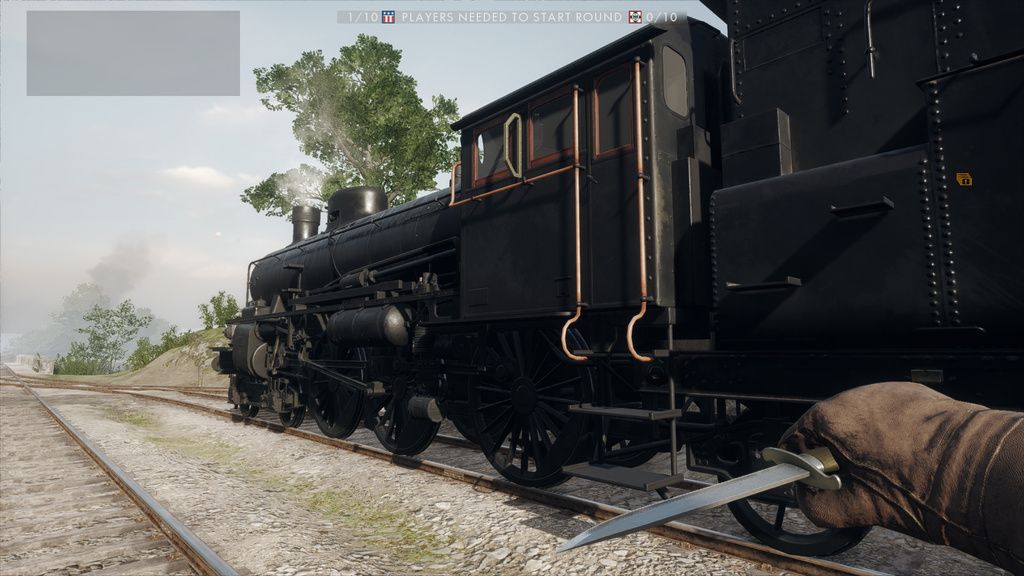
__________________

|
|
|

|
|
|
#2 |
|
Veteran
Reg.datum: Jul 2008
Ort: Fagersta
Inlägg: 5 543
|
Battlefield 1?

__________________
Mvh Björn  Tågklarerare, Fagersta Central, Nora, Smedjebacken och Mora |
|
|

|
|
|
#3 |
|
Medlem
Reg.datum: Feb 2012
Inlägg: 1 379
|
Aldrig hört talas om Battlefield-serien?
https://www.youtube.com/watch?v=c7nRTF2SowQ Battlefield 1 utvecklades av svenska Dice, så det kan ju ha ett samband att de bara tog ett ånglok, t.ex. SJ B och palcerade den i Frankrike utan någon vidare eftertanke.
__________________
Mvh SummerADDE Alla mina projekt till Train Simulator Classic är nedlagda. Jag kommer härmed fokusera på att skapa rutter och innehåll till Train Sim World i fortsättningen. Alla mina downloads på Google Drive kommer att tas bort permament den 31:a agusuti 2024. |
|
|

|
|
|
#4 |
|
Medlem
Reg.datum: Apr 2014
Ort: Lincolnshire, England
Inlägg: 33
|
New WW1 Shooter made by DICE based in Stockholm https://www.youtube.com/watch?v=C-vAxVh8ins
__________________

|
|
|

|
|
|
#5 |
|
Veteran
Reg.datum: Jul 2008
Ort: Fagersta
Inlägg: 5 543
|
Jag vet vad battlefield är och har spelat det i princip all vaken fritid senaste två dagarna. Jag frågade om bilden var därifrån.
 Hela rubriken syntes inte från huvudsidan för mig, därav frågan.
__________________
Mvh Björn  Tågklarerare, Fagersta Central, Nora, Smedjebacken och Mora |
|
|

|
|
|
#6 |
|
Medlem
Reg.datum: Apr 2014
Ort: Lincolnshire, England
Inlägg: 33
|
Yes its Battlefield
 Not sure why the title didn't show up Not sure why the title didn't show up 
__________________

|
|
|

|
|
|
#7 |
|
Medlem
Reg.datum: Jan 2008
Ort: Uppland, Sverige
Inlägg: 2 735
|
A very beautiful model indeed! They must have visited a local heritage railway to capture all those details correctly.
It seems like they have looked a little too close at a real class B as one connecting rod can be seen placed on the foot board, which is the normal place to put them when the loco was disassembled for cold transportation ("nedkopplad" is the Swedish term for this, don't know the English term). This is often the case with preserved B engines today when they are not under steam. But at the same time another connecting rod can be seen in the valve gear...  I suggest the engine has traveled to France by a time traveling machine, as the loco is in a 1930s-1940s variation. This B model has a enclosed cab and class B engines where not being rebuilt with this until the 1930s. Furthermore the loco is fitted with air brakes system Knorr, which were not available until after the WW1 for logical reasons (Knorr is a German company). It is also fitted with gas lighting using acetylene, not the paraffin lights it should have been fitted with during the first war. 
__________________
-k- Senast redigerad av korvtiger den 2016-10-27 klockan 20:43. |
|
|

|
|
|
#8 | |
|
Medlem
Reg.datum: Apr 2014
Ort: Lincolnshire, England
Inlägg: 33
|
Citat:
Either someone at DICE likes trains and had to much time or they have just decided to put a lot of attention and detail in to this model. Its seen in a few missions including one in Arabia? Very strange! You was right about that time machine.. I took some more screenshots. 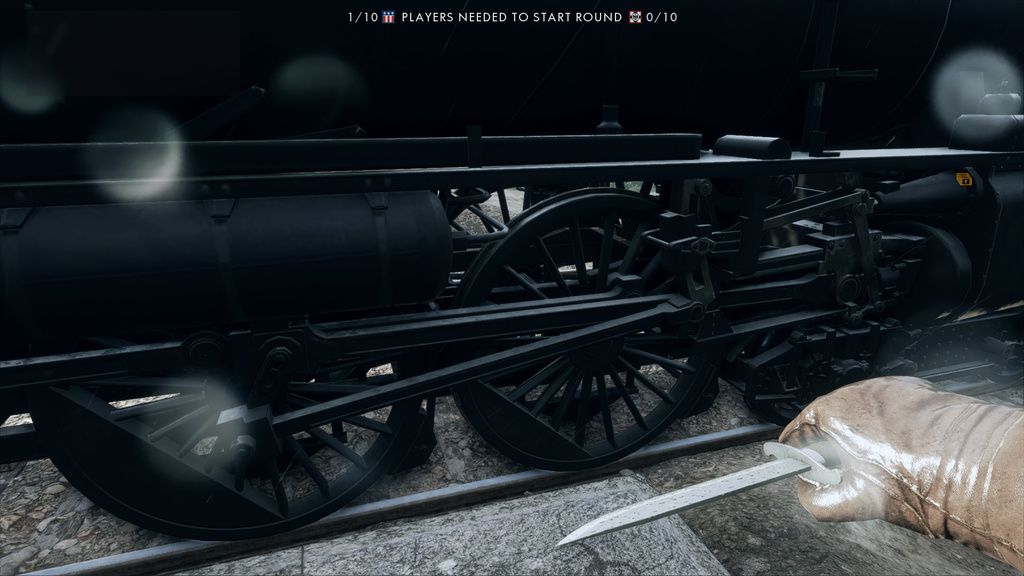 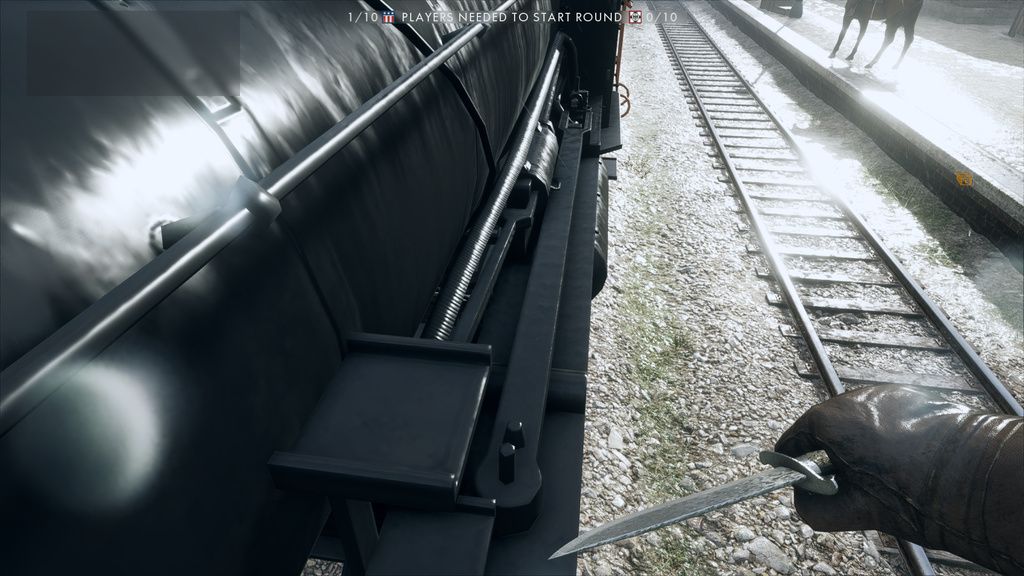 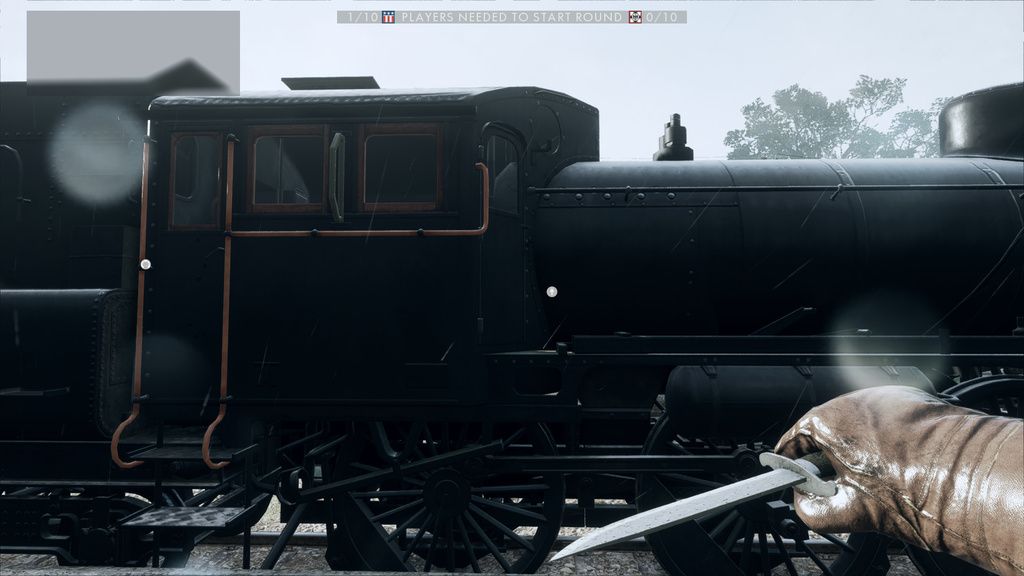 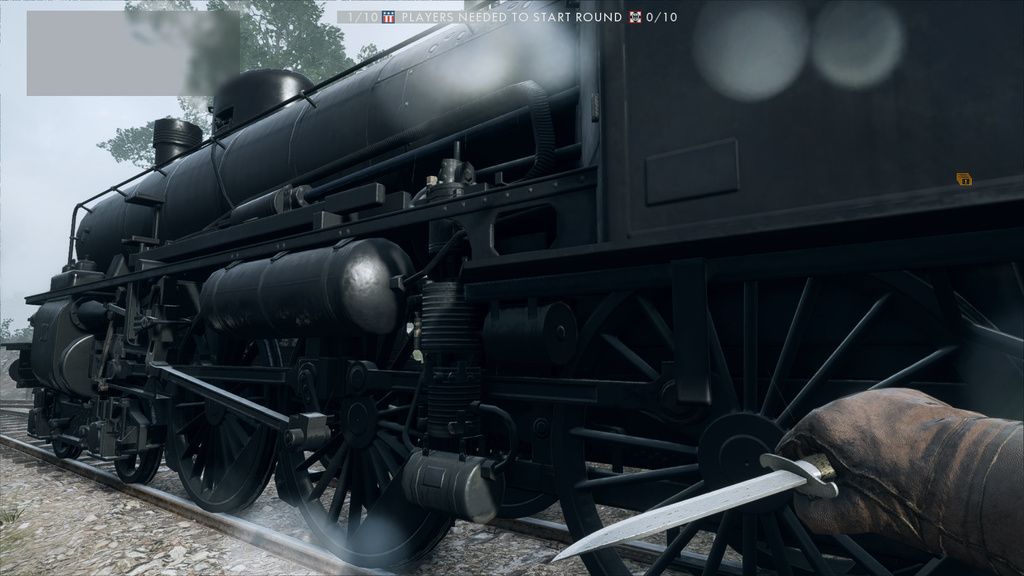 I want to find out who modeled this!!
__________________

|
|
|
|

|
|
|
#9 |
|
Hedersmedlem
Reg.datum: Mar 2002
Ort: Trollhättan
Inlägg: 9 861
|
Kan man ta loket som export till RW?

|
|
|

|
|
|
#10 |
|
Medlem
Reg.datum: Jan 2008
Ort: Uppland, Sverige
Inlägg: 2 735
|
The B class where originally black with blue boiler, cab and cylinder sides. The buffer beams where painted red and the tenders sides had a red lining. B number 1220, today located in Holland is restored in this condition(but still with enclosed cab and electrical headlights): https://upload.wikimedia.org/wikiped...220_(1914).JPG
This blue color was not from paint, but a chemical process in Swedish called "blånering" (translating to "blueing") and the result are sometimes referred to as "ryssplåt" ("Russian sheet metal"). So the steel is in some way oxidized (using sodium sulfate I think) and results in this blue color. But after years of service the blue color darkens by soot and oil. Eventually the locos where painted black (Except for the buffer beams, they where still red), probably around the early 30's depending on when the loco was built. So locos at the time of WW1 would probably have this blue livery still. But you are right the locos where painted (or if it is due to the conservation process) all black when they were put into storage. But I think the reason the locos are all black in the game is just to make them a bit more anonymous and look less Swedish. 
__________________
-k- |
|
|

|